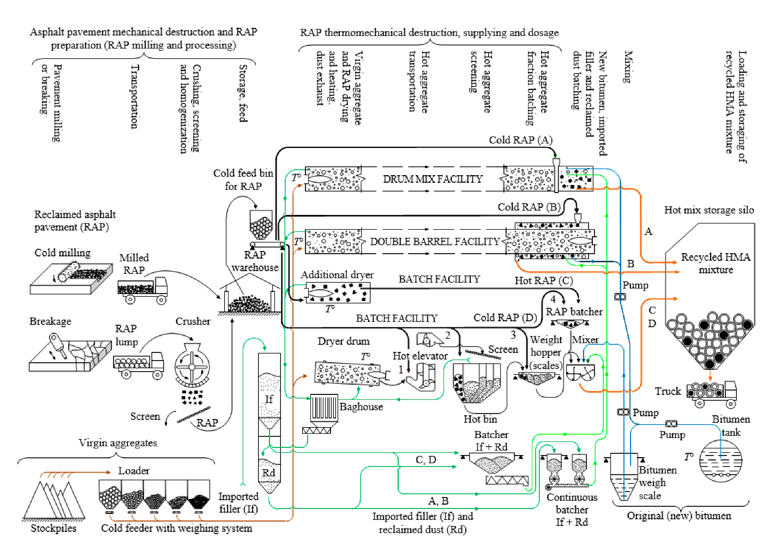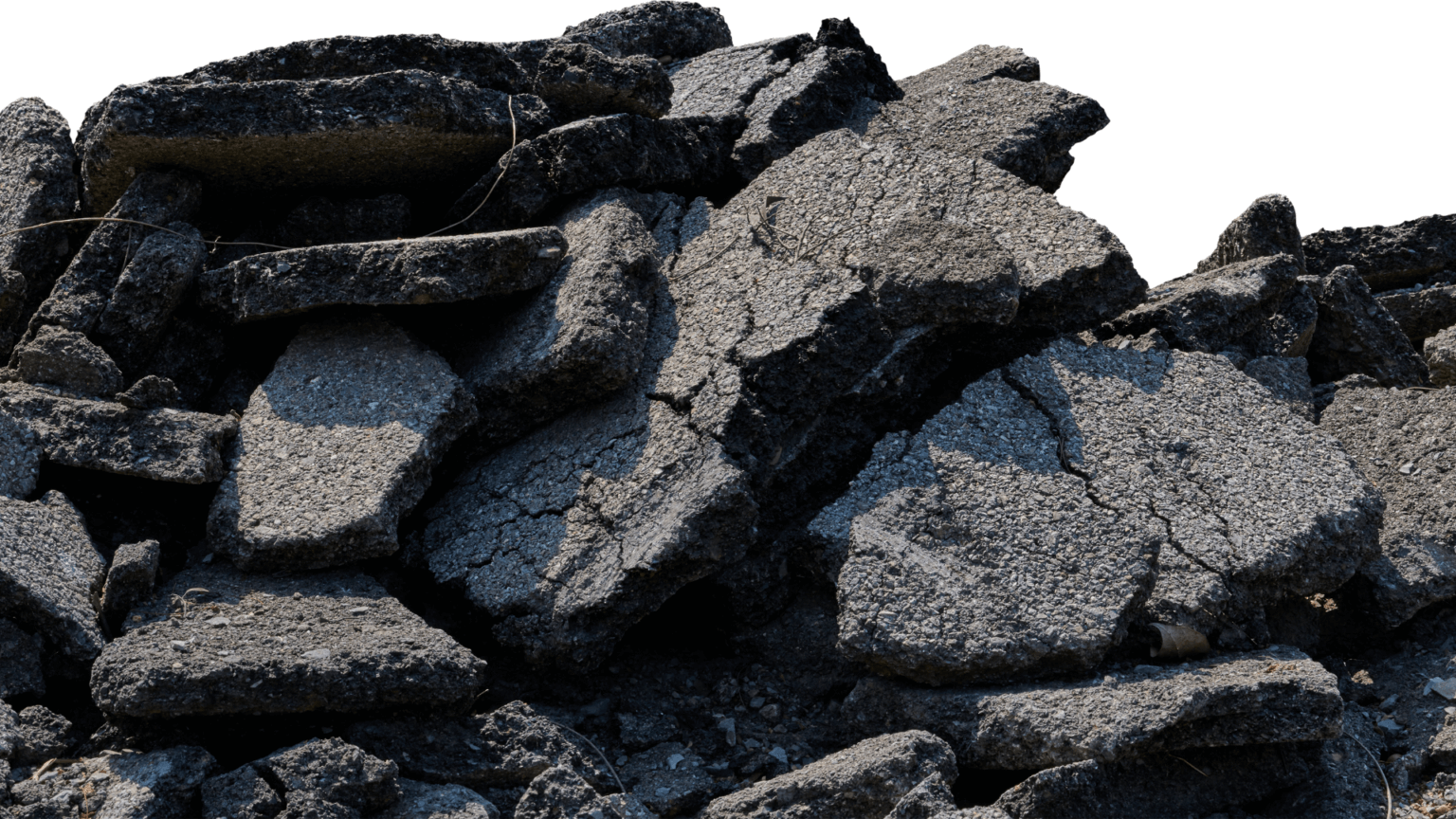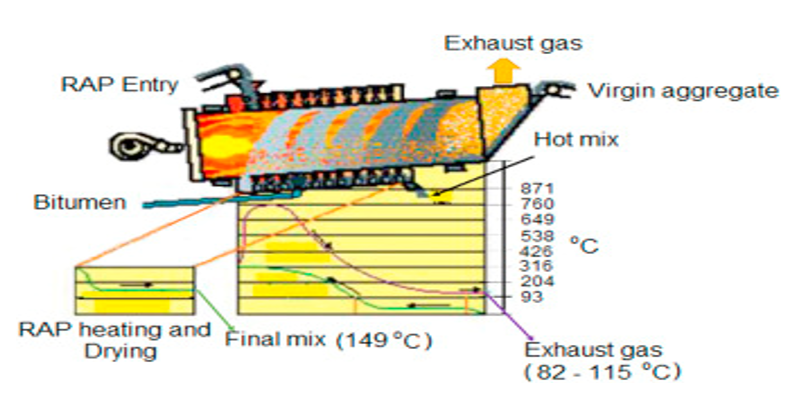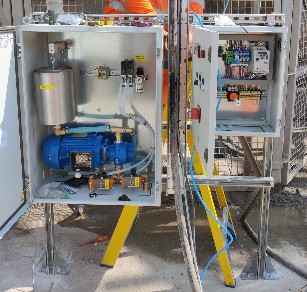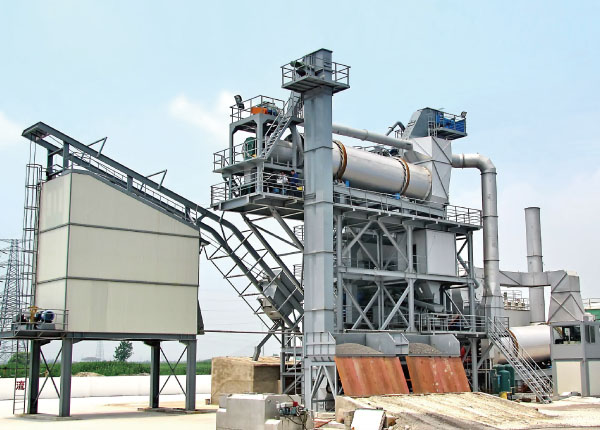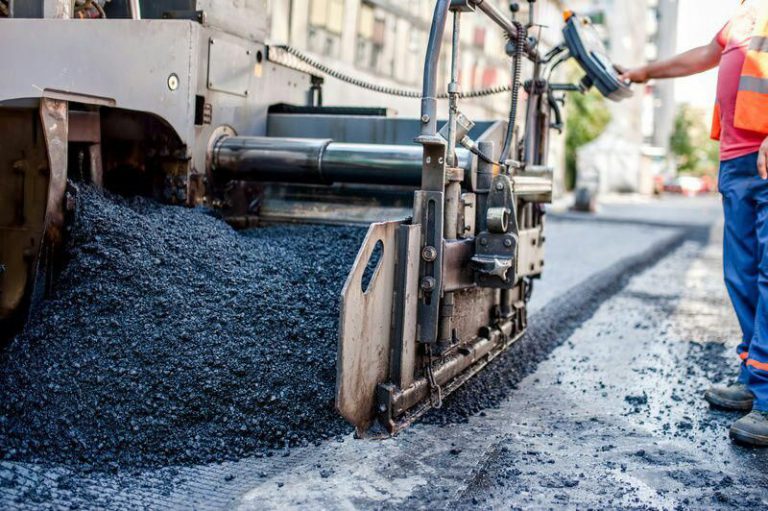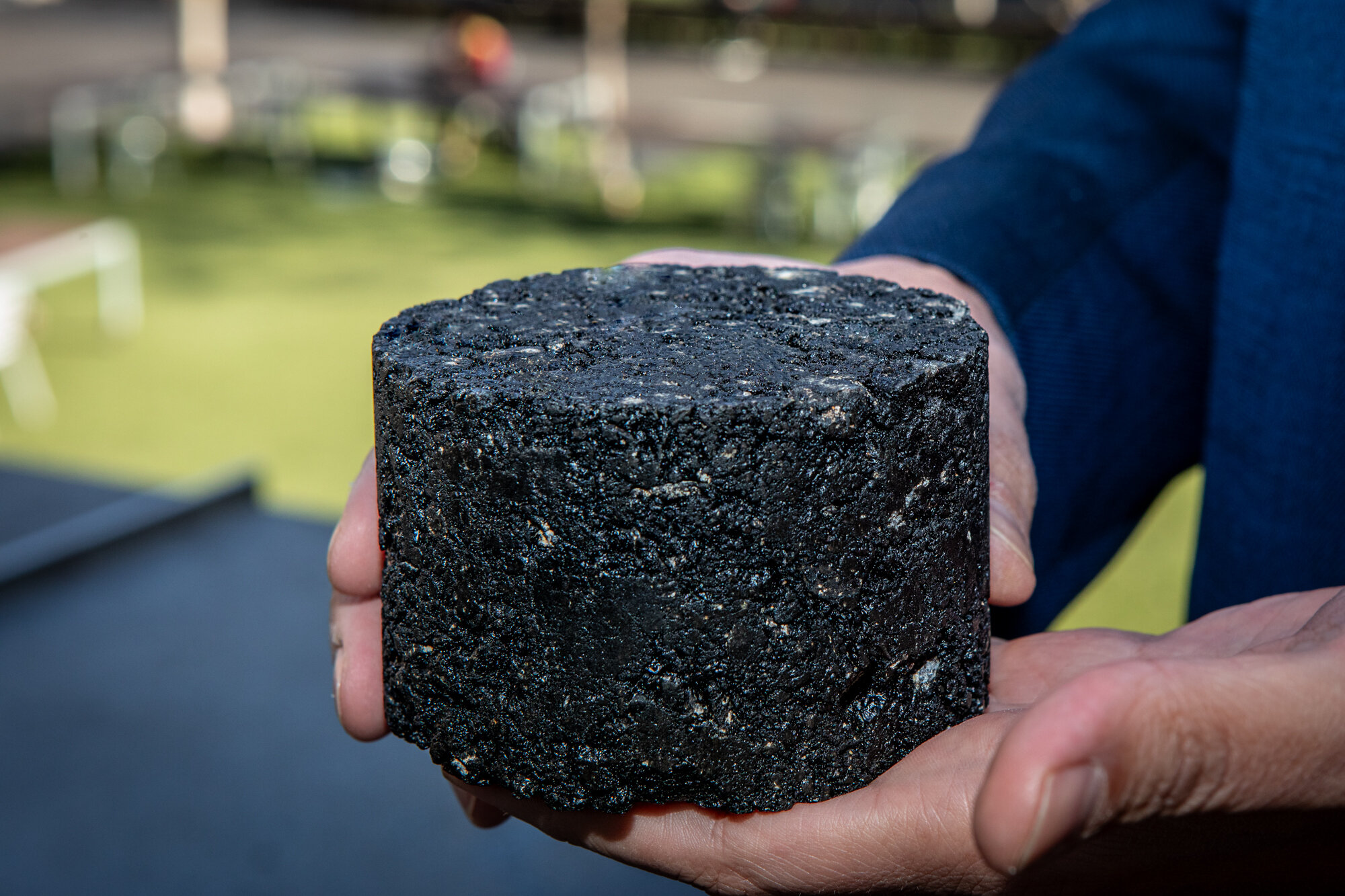Application
The ReActive N50T application in RAP is one of the huge steps forward in asphalt recycling technology. The new generation of sophisticated rejuvenator, ReActive N50T, is specifically formulated to renew aged asphalt binder properties, enhancing performance and prolonging lifespan in RAP mixtures. This rejuvenator plays a critical role in the recycling of asphalt by enhancing its flexibility, adhesion, and general durability.
The application of ReActive N50T in the RAP mix seems very promising for the development of value-added performance in pavements with reclaimed materials since the demand for paving solutions that are sustainable and cost-effective has been on the increase.

